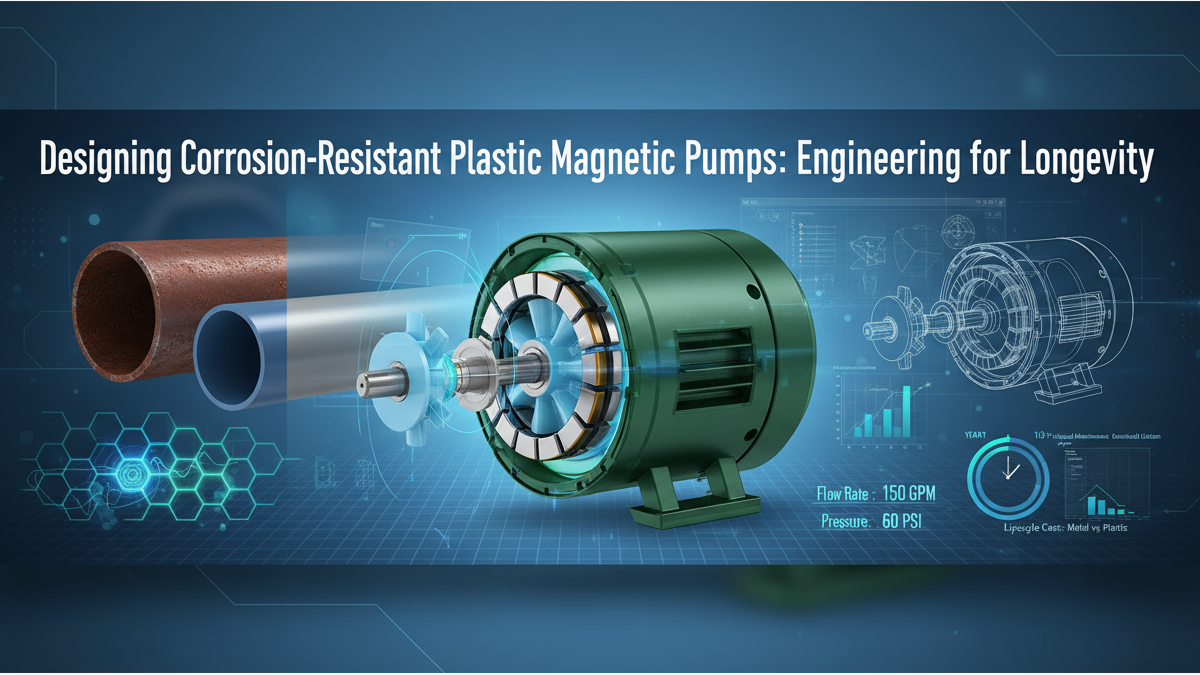The gaming mouse, once a mere peripheral, has evolved into a vital tool for gamers worldwide, enhancing gameplay through advanced technology and design. In the high-stakes world of competitive gaming, where every millisecond counts, the right equipment can mean the difference between victory and defeat. The gaming mouse is literally at the center of the action and must be designed for precision, speed, and ergonomics. Unlike their standard counterparts, gaming mice are built with advanced features that cater to the nuanced demands of video game enthusiasts. Let's take a look at what makes them unique.
Mouse Basics
The standard mouse operates using either an optical or a laser sensor located on its underside. This sensor tracks the mouse's movement by detecting changes in patterns on the surface beneath it. As the mouse is moved, it sends signals to the computer at a rate measured in hertz (Hz), which tells the computer how to move the cursor accordingly. This basic functionality allows users to navigate software interfaces, click on items, drag objects, and perform other essential computer tasks.
Optical and Laser Sensors
Sensors differ primarily in the way they illuminate and track surfaces. Optical mice use an LED to reflect light off the surface, while laser mice use a laser that can offer more precision on a variety of surfaces due to its ability to detect finer details of the surface texture. In everyday use, both types provide sufficient accuracy for standard computing tasks.
Polling Rate
The speed and responsiveness of the mouse are significantly influenced by what is called its polling rate, measured in hertz (Hz). This rate determines how often per second the mouse reports its position to the computer. Typical standard mice have a polling rate of around 125 Hz, which means they send their position to the computer 125 times per second. Higher polling rates can lead to smoother cursor movement and more responsive performance, which is crucial in scenarios that demand high precision.
Gaming mice take these foundational aspects and enhance them significantly to meet the needs of high-speed, precision gaming. They are equipped with more advanced sensors that offer higher DPI (dots per inch) settings, allowing for extremely precise tracking. Furthermore, gaming mice often reach polling rates of up to 1000 Hz or more, which means they can communicate their position to the computer every millisecond. This high polling rate is essential for fast-paced games, where the delay between a physical movement and its representation on the screen needs to be minimized to provide a competitive edge.
Additionally, gaming mice come with customization software that allows players to adjust sensitivity and programming buttons for complex macro functions, optimizing their gameplay experience far beyond what standard mice offer. Let’s look closer at some of these functions.
What Makes a Gaming Mouse Different?
Design and Ergonomics
Gaming mice are designed to enhance comfort and performance during long gaming sessions. They often feature contoured shapes for various grip styles—palm, claw, or fingertip—allowing gamers to use them effortlessly for extended periods. Many models come with adjustable weights, enabling users to find the perfect balance for smooth, precise movements.
Sensitivity and Precision
A gaming mouse's higher sensitivity allows for faster cursor movement on the screen, which is crucial for quick reactions in fast-paced games. Gaming mice typically offer a wide range of DPI settings, which can be adjusted on-the-fly with dedicated buttons. This feature allows gamers to switch between different sensitivity levels quickly, depending on the in-game scenario.
Customization and Buttons
Gaming mice feature additional buttons that can be customized for different actions in a game, such as reloading a weapon or casting a spell. These buttons are programmable through software that accompanies the gaming mouse, allowing for a highly personalized gaming experience. The software also enables gamers to set up profiles for different games, adjust lighting options, and monitor battery life on wireless models.
Wired vs. Optical Mice: Which is Better for Gaming?
Wired Gaming Mice
Wired mice are connected to the computer via a cable, which can reduce latency—the time it takes for data to be transmitted between the mouse and the computer. This makes wired mice extremely reliable in terms of response time, essential in competitive gaming where every millisecond counts.
Wireless Gaming Mice
The latest wireless gaming mice are able to match the speed of wired ones, thanks to advancements in wireless technology. They offer greater flexibility as there is no cable to clutter or interfere with movement. However, they require charging and can be susceptible to interference, which might be a slight drawback for ultra-competitive gaming environments.
2.4 GHz Wireless Mice
While some wireless mice use Bluetooth, most wireless mice utilize a proprietary 2.4 GHz wireless connection, which requires a small USB dongle to be plugged into the computer. These dongles are specifically designed to communicate with their corresponding mouse, offering a more stable and reliable connection than standard Bluetooth. This type of connection generally provides lower latency, which is crucial for gaming and other high-speed applications.
Unique Applications and Benefits
Beyond their primary function in gaming, gaming mice find unique applications in fields requiring precision and programmability, such as graphic design, 3D modeling, and video editing. The same features that serve gamers—programmable buttons and high precision—also facilitate complex tasks in professional software suites.
Price Range
Regular mice, designed for basic computing tasks, are less expensive. They typically lack the advanced sensors, high DPI, customizable buttons, and ergonomic designs that gaming mice offer. The price for regular mice can range from as low as $5 to around $25, depending on the brand and features.
Gaming mice, equipped with high-precision sensors, adjustable DPI settings, customizable buttons, and often RGB lighting, might start around $25 to $50. However, more advanced models with extensive customization options and high-end sensors can cost anywhere from $50 to over $150.
Manufacturing of Gaming Mice
Renowned for its electronics manufacturing capabilities, Taiwan is home to several leading companies setting trends in the gaming peripherals market. A4Tech Co., Ltd., based in Taipei, is known for its Bloody series, which features Light Strike (LK) Libra switches using infrared micro-switches to enhance responsiveness. A4Tech's manufacturing capabilities include advanced automation systems that ensure precision and quality, catering to both local and international markets.
Ducky Channel International Co. is a leader in the gaming mouse arena, with their Feather Series featuring lightweight construction and perfect balance, and their Secret Series designed for precision and longevity.
With Taiwanese companies leading the way, the future of gaming mice looks both bright and precise.










.png)



